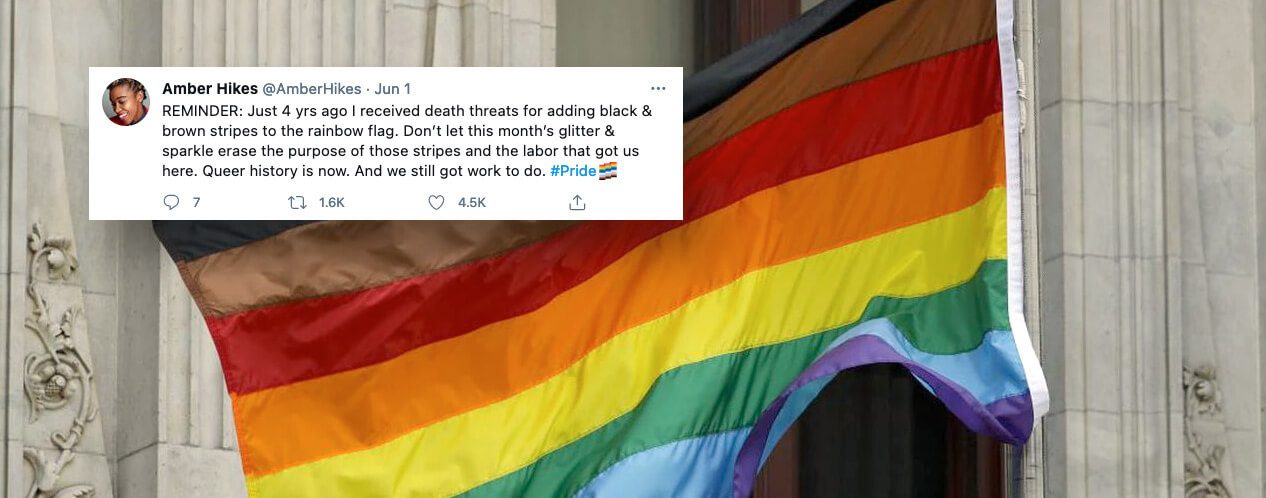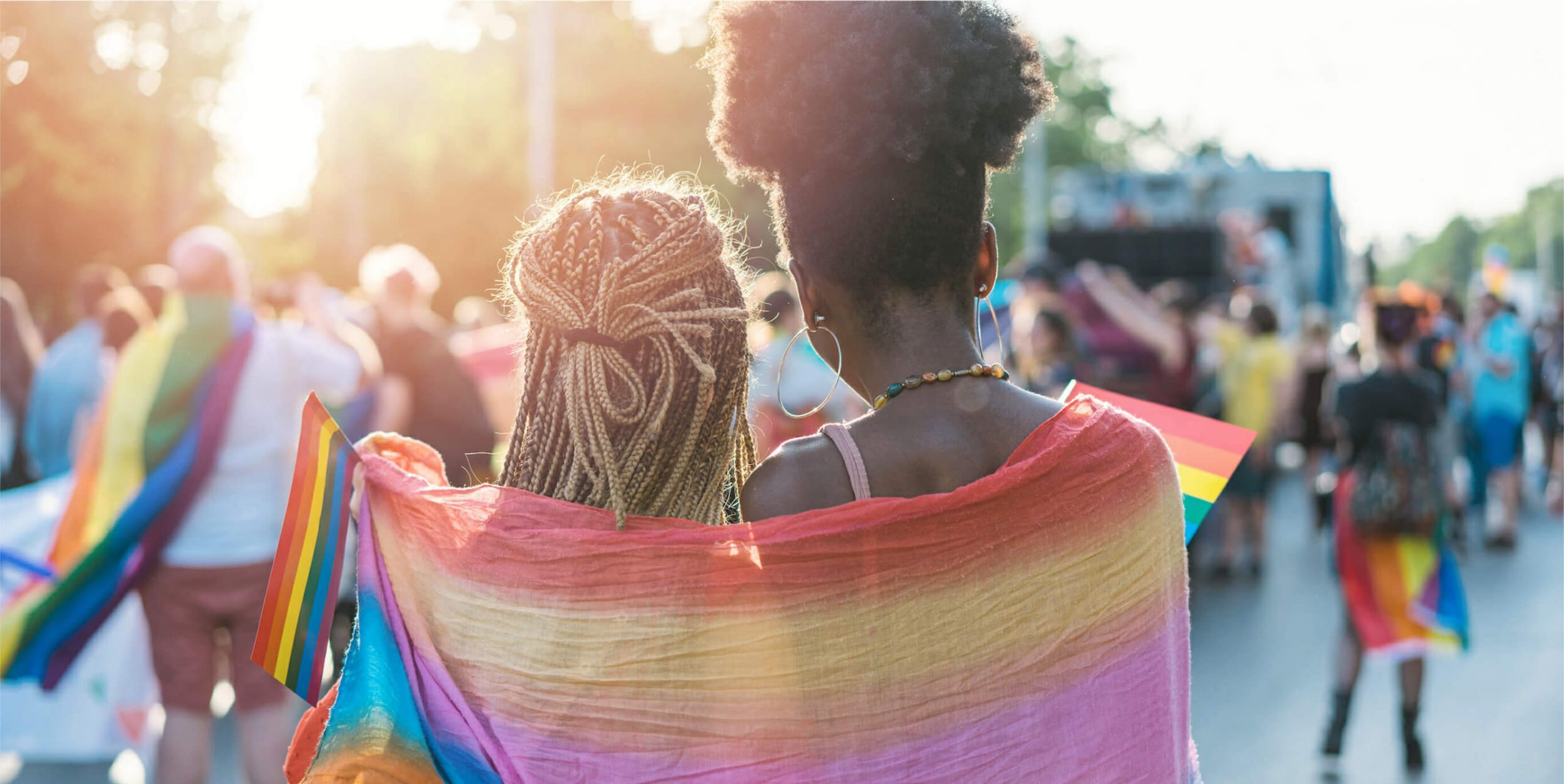I am not the only queer person who feels some distaste every June as, overnight, countless billboards, storefronts, bar menus, and my entire social media become saturated with the latest Pride content.
Ten years ago, I would have never believed that powerful white-led corporations would willingly wave the rainbow flag because they now see it as a profitable business decision. Of course, what is considered “profitable” is rarely created by or for queer people — especially queer media. As my partner and I scrolled through Amazon Prime’s Pride Month programming on the first day of this month, we were inundated with content that largely featured white men, or gay characters reduced to side-plots or stereotypes. This was not a surprise for me, but it was disappointing because Amazon continues to be one of the only platforms were I have been able to actually find films by queer women. Why would Amazon choose to highlight the fraternity satire GRΣΣK, instead of Alice Wu’s Saving Face or Wanuri Kahiu’s Rafiki?
During this pandemic, and over a year spent largely isolated, many queer people could not go to safe spaces or be in community, and for many of us, queer media was a refuge. For people living in unsupportive areas or who might be closeted, queer media has been, and continues to be, a lifeline. Today, it feels like there is more queer content than ever, but as more companies begin to see our community as profitable, curiously they are also less likely to believe that they need those of us with lived experience to create content for us. In 2021, there may be more films featuring queer people, but it is still far too rare to see films that feature LGBTQ+ actors, writers, or directors. For so long, stories about our community were considered niche; more accurately, they were considered controversial and incendiary. What we are seeing now is that queer stories have been made into a genre – a market niche – but we have rarely been allowed to be the authors. That is not authentic queer visibility.

Four years ago, Amber Hikes introduced the Philadelphia Pride Flag, featuring Black and brown stripes incorporated into the existing Pride flag. The colors represented the critical struggle for racial equality that is an indispensable part of queer liberation, but that for much of the mainstream white-led LGBTQ+ movement, is an afterthought. In 2018, Curve blogger Rev. Irene Monroe noted in her column “What’s Happening To Pride” that Black and brown stripes were added to the rainbow flag as part of the city’s campaign “More Color More Pride,” as a way of visibly including people of color in the celebrations.” While Amber received death threats after introducing the flag, four years later, corporations are gladly adding the stripes to their logos and products, while at the same time donating hundreds of thousands of dollars to anti-LGBTQ+ groups. This visibility wasn’t accidental; as Amber tweeted this month, this visibility came with purpose, and it took the labor of queer people—including a Black queer woman who risked her safety for this visibility.
While companies change their profile pictures for June, the LGBTQ+ community, particulary transgender children this year, is under attack year round. Pride is not simply a product, and it’s not a celebration that is exclusive to June. In 2021, while streaming platforms have more Pride content, the necessity for us to share our own stories is more important than ever. We don’t need more queer subplots, we need to see stories of what queer lives actually look like. We need stories of young love between two queer Latinas like Aurora Guerrero’s Mosquita y Mari, those tender moments where girls realize what is friendship and what is something more. We need the unpredictable and yet familiar stories of queer immigrants showing their family who they are, like Alice Wu’s Saving Face, which, while released in 2004, is still a relatable and groundbreaking film. We need films like Barry Jenkin’s Moonlight which tells the story of a Black queer boy who, against all odds, finds his way back to his softness. And we need films like Ahead of the Curve, which tells the story of Franco Stevens who saw the need for lesbians and queer women to have a space of our own, and focused on inclusivity to create the most successful lesbian magazine in the world, even when others told her she would never succeed. For so many queer people, visibility is not just a life choice, it’s a commitment to investing in our community and preserving our history. These stories don’t all fit into a single category, because queer stories are genre-defying. This is why, as queer people, we need to be the authors of our own stories.
